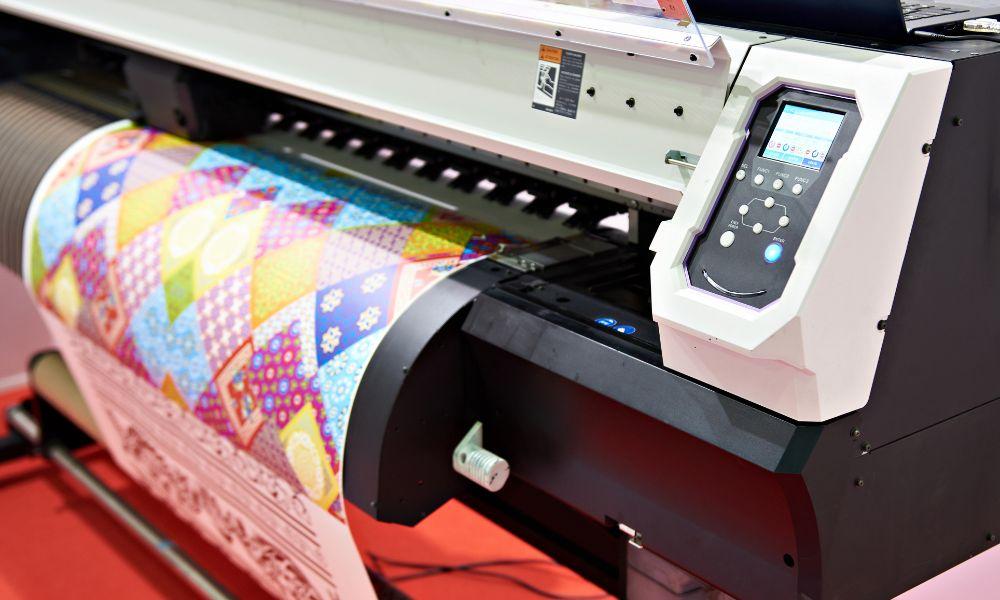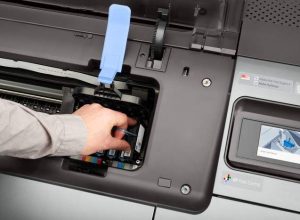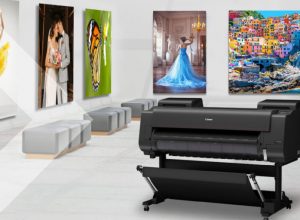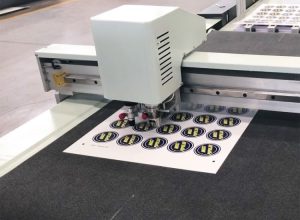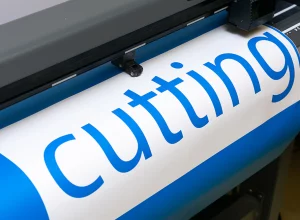Contents
What Is a Plotter and How Is It Different from a Regular Printer?
In the world of printing technology, understanding the distinctions between various types of printing devices is essential, especially when considering the specific needs of a project. Among these devices, plotters and regular printers serve different purposes, each optimized for various tasks. This article delves into the functionality of plotters, their use cases, and how they contrast with standard printers.
A plotter is a specialized printing device designed primarily for producing large-scale graphics, technical drawings, and intricate designs. Unlike standard printers, which typically print on standard-sized paper using a process that involves a fixed print head moving back and forth, plotters utilize a unique mechanism that can move a pen or a set of ink cartridges along the X and Y axes. This allows for precise line work and the ability to create large-scale prints on various media, including vinyl, plastic, and even fabrics.
Plotters excel in producing detailed designs, such as architectural blueprints, engineering schematics, and CAD (Computer-Aided Design) drawings, where accuracy is paramount. Their capability to manage large formats stems from their substantial paper or media size support, often scaling up to 60 inches or more, which is a significant advantage when detailed work is needed for presentations or construction projects. In contrast, regular printers are typically limited to standard letter or A4 sizes and are optimized for text and image printing with less precision when handling intricate line-based graphics.
One of the key differences lies in the ink application methodology. Regular inkjet and laser printers generally spread ink across an entire area, suitable for photographs and color-rich images. Plotters, however, often use vector-based graphic input, meaning they translate designs from vector graphics software into precise movements, laying down ink as finely controlled lines and curves. This precision is analogous to a seasoned artist painting a canvas with meticulous brushstrokes rather than a splatter of paint covering the entire surface.
Another vital aspect to consider is the operational speed and volume of the devices. Plotters are engineered to handle high-volume prints more efficiently and may take longer for individual prints compared to a traditional printer, which is optimized for speed on smaller outputs like single-page documents. This makes plotters ideal for professional environments where large quantities of detailed prints are frequently required.
In summary, while both plotters and regular printers serve essential roles in the printing ecosystem, their unique functionalities cater to different market needs. Professionals in fields such as architecture, engineering, and design will find plotters indispensable, where precision, scale, and detail are not just beneficial but critical for successful project outcomes.
Understanding Plotters
A plotter is a specialized printing device that is primarily used for producing large-scale graphics and designs, such as architectural plans, engineering drawings, and complex illustrations. Unlike regular printers, which typically use a series of ink cartridges to create images, plotters employ a movable pen or a series of pens to draw vector graphics. This capability allows for precise lines and intricate designs, making them ideal for industries where accuracy is paramount.
How Plotters Work
Plotters function by moving a pen across the surface of the paper or media. The pen’s movement is directed by a computer-based software program, which translates vector graphics into precise movements. Here’s how it typically works:
- The design is created using CAD (Computer-Aided Design) software, which outputs the coordinates of the drawing.
- The plotter receives these coordinates and calibrates the pen’s position, ensuring precise placement.
- The pen then moves along the x and y axes, drawing the image layer by layer.
Many modern plotters can also utilize inkjet technology, allowing them to produce color images and intricate designs without needing a physical pen.
Applications of Plotters
Plotters are often used in various industries, including:
- Architecture: For creating blueprints and detailed plans.
- Engineering: For generating detailed schematics and diagrams.
- Fashion Design: In producing patterns and fabric designs.
- Advertising: For large banners and signage that function well in outdoor environments.
Understanding Regular Printers
In contrast, regular printers, such as inkjet and laser printers, are designed for more conventional printing tasks. They utilize a different approach to produce images. Regular printers achieve output by spraying tiny droplets of ink or using toner to transfer images onto paper; they are optimized for speed and versatility rather than precision in the intricate designs typical of plotters.
Differences Between Plotters and Regular Printers
| Feature | Plotter | Regular Printer |
|---|---|---|
| Print Technology | Uses pens or inkjet technology for precise line work | Uses inkjet or laser technology for general printing |
| Output Size | Typically supports large formats (24 inches and beyond) | Usually limited to standard paper sizes (A4, Letter) |
| Print Quality | Exceptional precision in vector graphics; ideal for detailed schemes | Good quality for photographs and documents, but less precise for vector-based outputs |
| Speed | Slower due to the complexity of drawing | Generally faster for text and image printing |
| Typical Use Cases | Architecture, engineering, fashion, and signage | Home and office printing for documents, photos, and everyday materials |
Conclusion
In summary, understanding the differences between plotters and regular printers is critical for selecting the right device for specific tasks. Plotters shine in applications where precision and detail are paramount, particularly in professional design and engineering fields. Regular printers, on the other hand, are best suited for general printing needs in home and office environments. By evaluating your printing requirements, you can effectively choose the device that best meets your needs.
